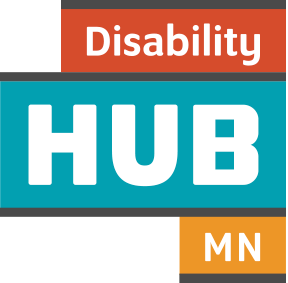People in the find phase have work goals and want to start looking for a job.
If they want help finding a job, they can apply for job search services through Vocational Rehabilitation Services (VRS) or State Services for the Blind (SSB).

Work Toolkit:
People in the find phase have work goals and want to start looking for a job.
If they want help finding a job, they can apply for job search services through Vocational Rehabilitation Services (VRS) or State Services for the Blind (SSB).


VRS/SSB services help a person find and get settled into a job that meets their strengths, interests and conditions for employment.
Service outcomes and activities are focused on employment goals.
The vocational rehabilitation process consists of the following key stages.

When a person wants to move directly into a job search and does not want or need engage or plan services, a direct referral to VRS/SSB should be offered.
To help expedite the VRS/SSB eligibility determination and coordinate services, include any of the following available information:
You can help the person upload information in their My Vault account so they can easily share it with VRS/SSB. If the person doesn’t want to create a My Vault account, they can share the information with VRS/SSB in other ways (or they can sign a release that allows you to share information with VRS/SSB on their behalf).
Contact the VRS/SSB liaison or a local VRS/SSB office.

Dually enrolled providers can provide both waiver employment and VRS/SSB services. It's important to help people understand their provider options and make an informed choice about which provider is best for them.
See a list of dually enrolled providers at MinnesotaHelp.info. Or, do your own search for a targeted list of dually enrolled providers:

Plan phase services result in a positive summary and portfolio of outcome products that inform the person's job search.
VRS/SSB counselors use the positive summary and items in the portfolio to:
Typically, the waiver employment service provider:
If the positive summary and portfolio aren't shared ahead of time, during intake the VRS/SSB counselor will ask the person if they have a My Vault account, what activities they've done and if they'll share the portfolio.

It's important to coordinate with the waiver case manager during find services to ensure needed long-term waiver supports are in place.
When creating a person's individual plan for employment (IPE), VRS/SSB professionals must identify the person's long-term employment support needs and confirm that the home and community-based service (HCBS) waiver will fund these services. Confirming waiver supports during initial VRS/SSB employment planning will ensure a seamless transition after the person gets a job.
To confirm access to long-term funding for employment supports, VRS/SSB counselors can help the person get a benefits lookup in their My Vault account (or, with a signed release, do it on their behalf).
While the person is looking for a job, it's important for the VRS/SSB counselor, job placement service provider and waiver case manager to stay in touch. A check-in is recommended at least once every 60 days.
When the person gets a job, the waiver case manager will plan for ongoing long-term support services. This includes:
Once the person gets a job, the VRS/SSB counselor, job placement service provider and waiver case manager must work closely to ensure a seamless transition to long-term support services through the waiver (if needed). This is especially important if a new provider will be stepping in.
At the Hub, there’s no such thing as a wrong question. We're here to help. Contact us Monday to Friday, 8:30 am to 5 pm.
